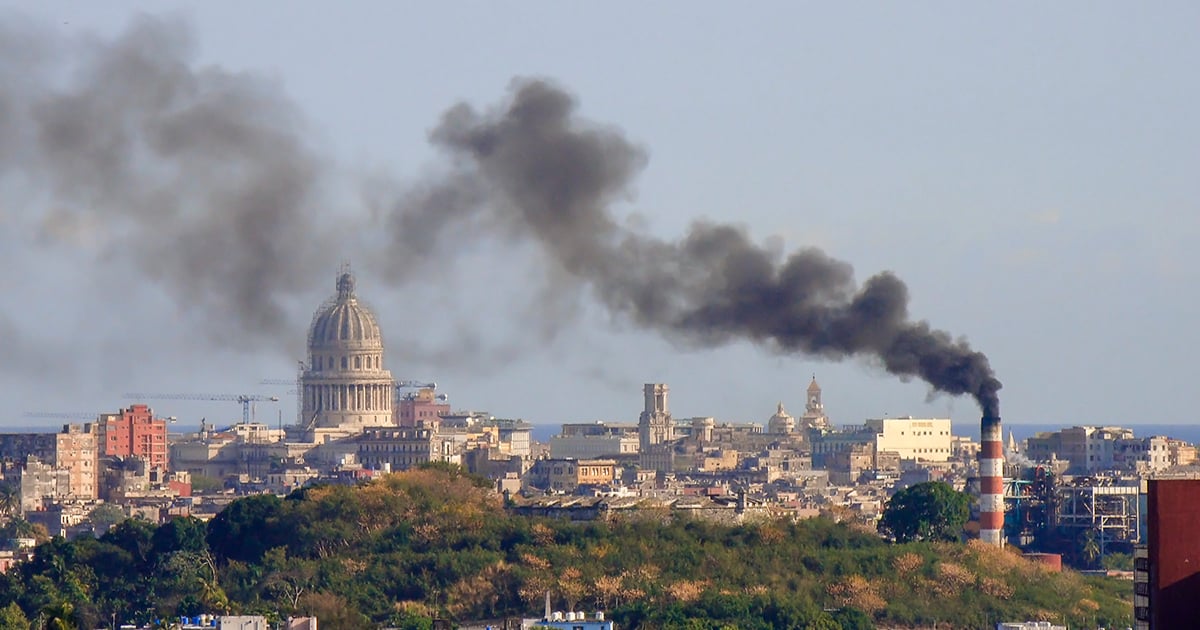At least six provinces in Cuba are plagued by alarmingly poor air quality, as noted in a report from the official newspaper Granma. This issue of pollution is not limited to these areas, however, as other regions across the island are also affected. According to the report from the Center for Atmospheric Chemistry and Pollution (Cecont) of the Meteorology Institute, Havana, Artemisa, Matanzas, Cienfuegos, and the eastern provinces of Holguín and Santiago de Cuba endure the worst air quality levels.
Close behind, the provinces of Villa Clara and Camagüey are categorized with "poor" air quality, while Pinar del Río, Sancti Spíritus, Ciego de Ávila, Las Tunas, Granma, and Guantánamo are labeled as having "deficient" air quality. Rosemary López, head of Cecont, highlighted that the primary factors contributing to this situation include poor urban planning regarding the placement of urban settlements and industrial facilities, the use of outdated technology in industries and transportation, a lack of effective treatment systems, and insufficient regulatory technical standards.
López further explained that according to a national emissions inventory of major fixed pollutant sources, conducted with scientific rigor and regularly updated, nitrogen dioxide (NO2) is the most emitted pollutant in Cuba, followed by sulfur dioxide (SO2) and carbon monoxide (CO), largely due to the burning of fossil fuels.
Urgent Need for Modernized Monitoring Systems
To address this deteriorating air quality, López emphasized the necessity to "reactivate and modernize the monitoring system" and prioritize "integrated solutions for treating industrial emissions within economic plans," among other measures.
In 2022, the municipalities of Moa, Mariel, and Nuevitas were among those releasing the highest amounts of pollutants into the atmosphere in Cuba. Research from the past fifteen years by Cecont also identified Havana, Santiago de Cuba, Cienfuegos, and Matanzas as cities with the most concerning air quality.
The coastal stretch from Mariel to Varadero, including Havana, Cienfuegos, Santa Clara, Nuevitas, and the mining and metallurgical area in northern Holguín, are particularly vulnerable to rain acidification, according to past studies. These issues remain unaddressed by the Cuban regime, as experts have repeatedly criticized the likelihood of securing a budget to tackle these atmospheric problems due to high costs and governmental indifference.
Compounding Cuba's severe epidemiological situation—marked by rising dengue outbreaks, the Oropouche virus, and a shortage of medications—the deteriorating air quality may exacerbate respiratory illnesses if the government fails to control atmospheric pollutant emissions. Exposure to these harmful gases poses significant health risks, especially for pregnant women, children, the elderly, and individuals with respiratory, cardiovascular, and cancer conditions.
